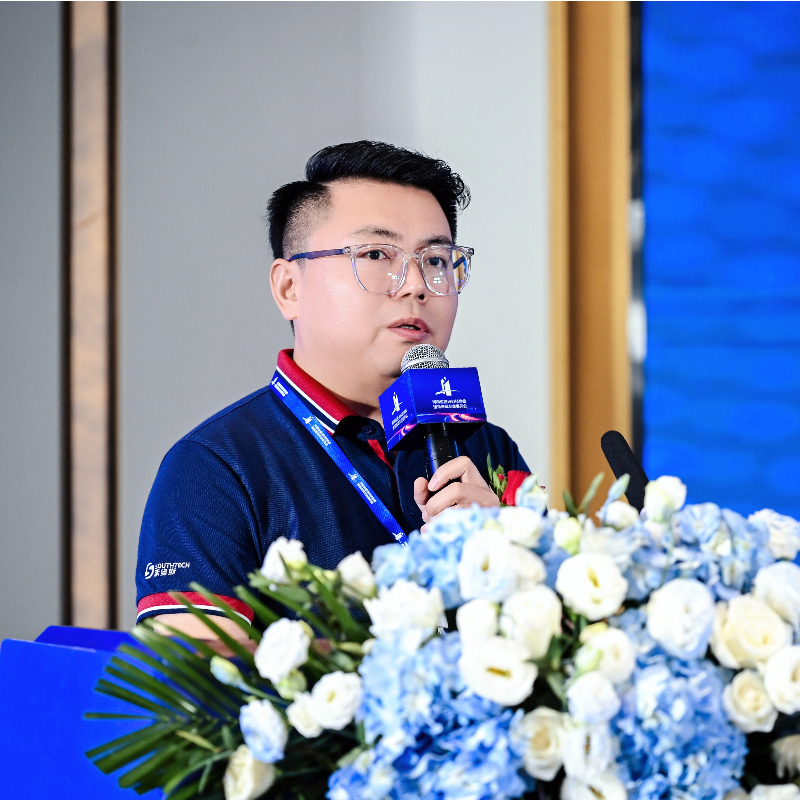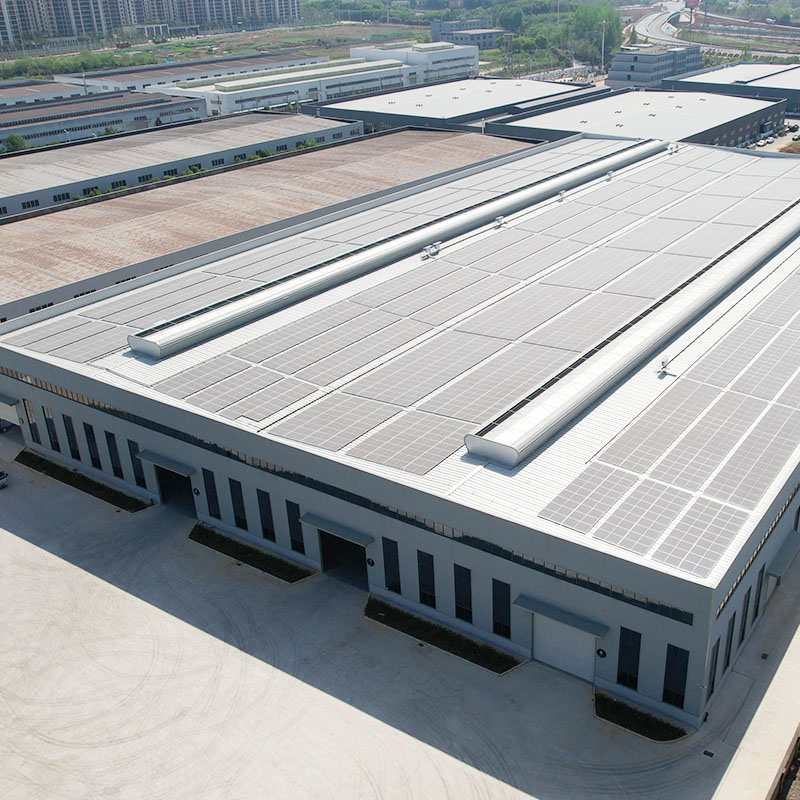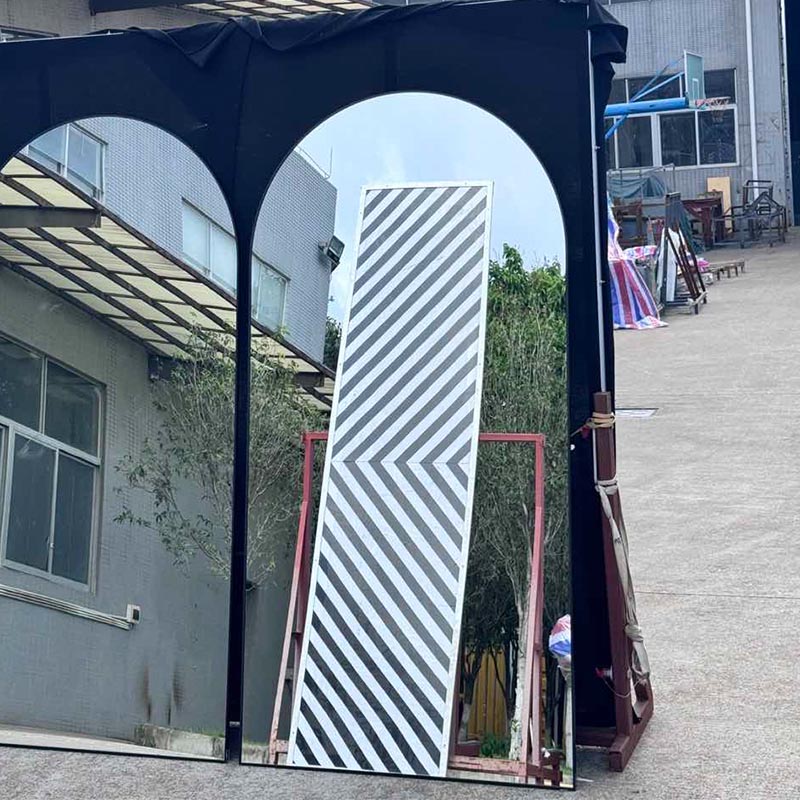What are the important components of a glass tempering furnace
2025-06-23
How to shape high-quality tempered glass with the five key components of a glass tempering furnace
Tempered glass has become an indispensable material in modern architecture, home furnishings, and industry due to its excellent safety, strength, and heat resistance. The core equipment for producing this type of safety glass is the glass tempering furnace. An efficient and stable glass tempering furnace is the key to ensuring the quality of tempered glass. So, what are the important components that make up this precision equipment? What responsibilities do they each undertake? Let us provide you with a detailed analysis of the five core components and their core functions of a glass tempering furnace.
Up and down film table:
As the starting and ending point of the glass tempering furnace, responsible for automatic or semi-automatic feeding of raw glass, as well as smooth unloading and transportation of tempered glass products. The upper and lower stages are usually designed with rollers or other transfer mechanisms to ensure that the glass can move smoothly and accurately.
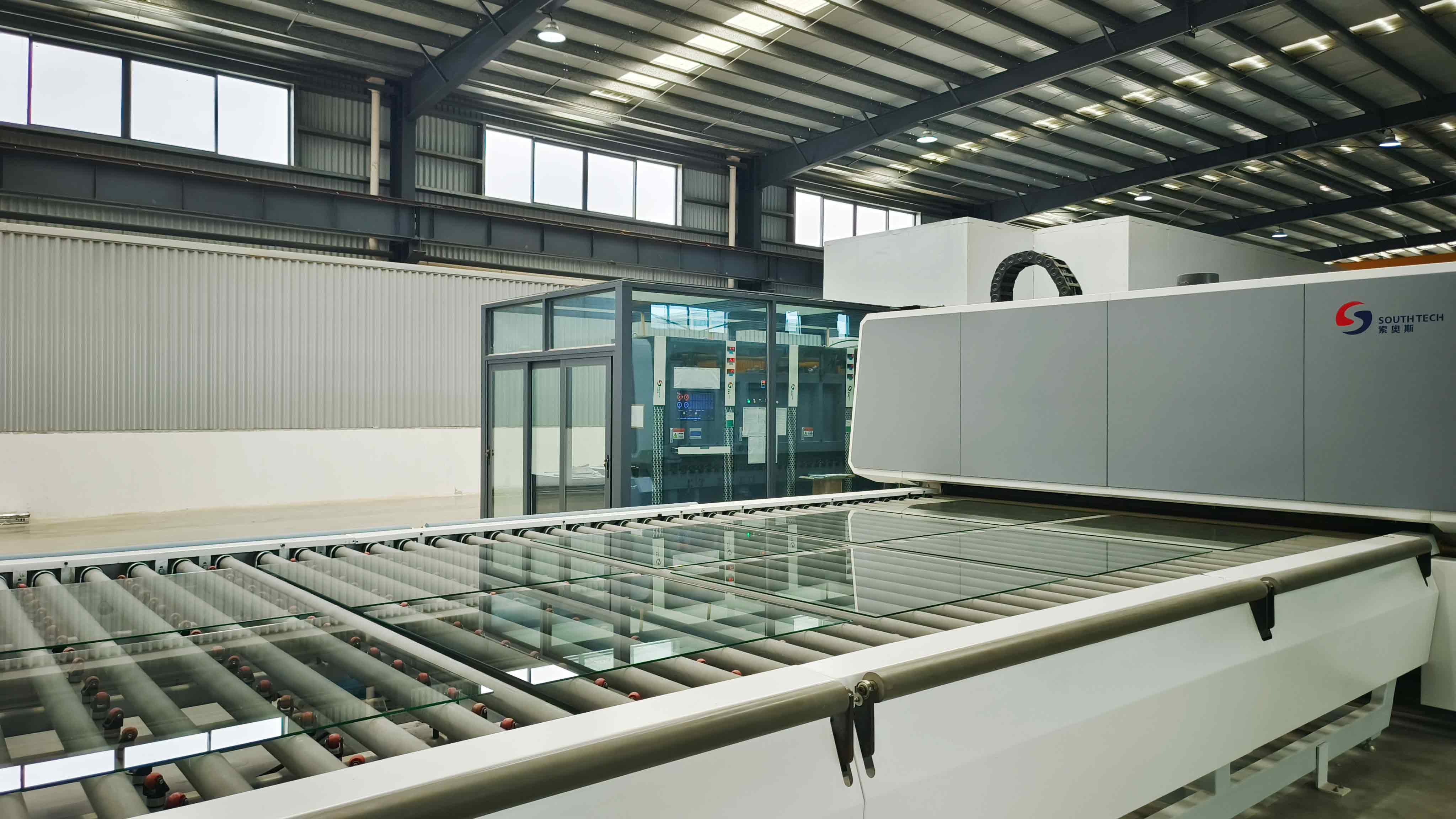
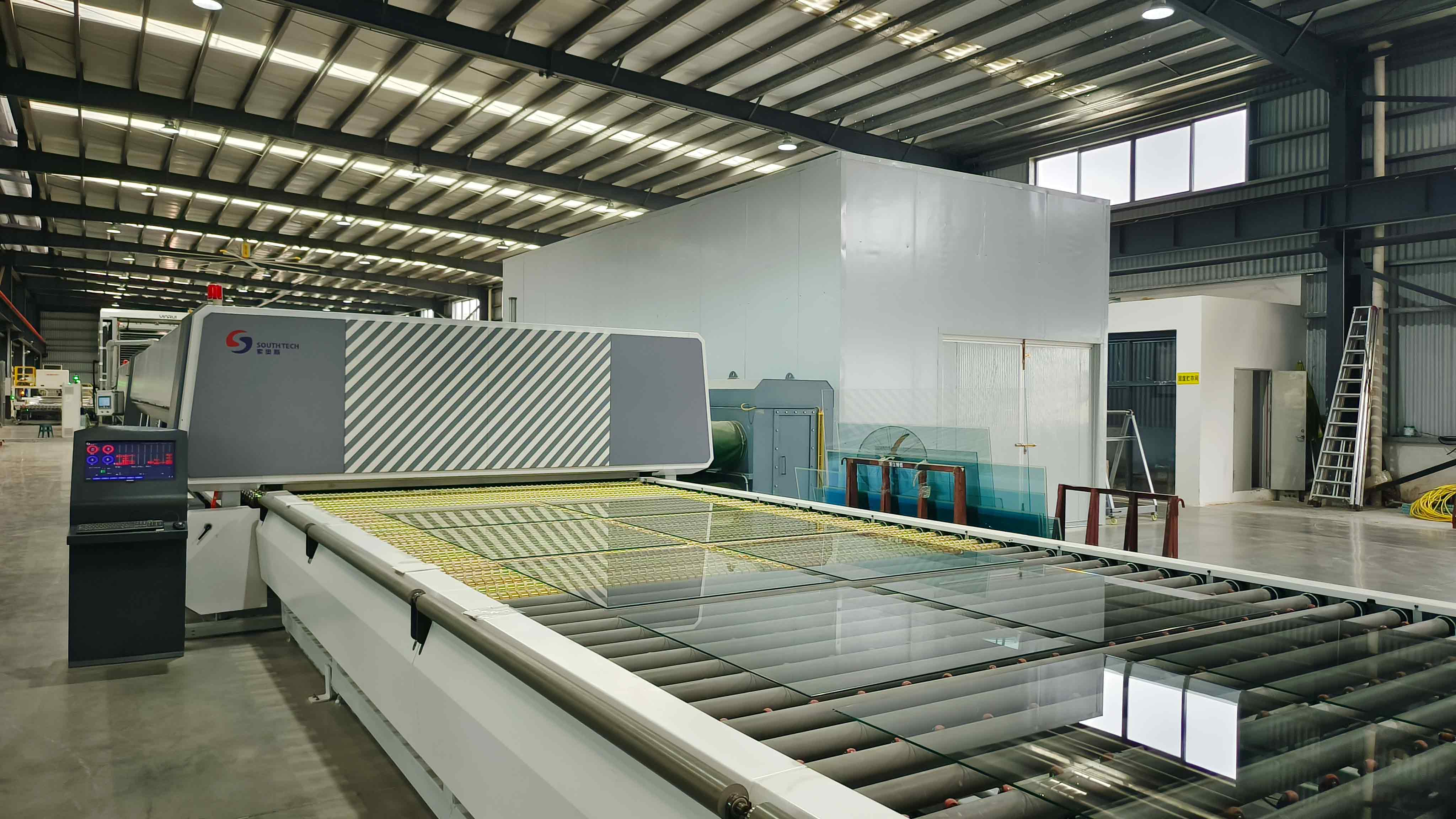
Heating system:
This is one of the most essential parts of the glass tempering furnace. It is equipped with dense electric heating elements inside, which convert electrical energy into thermal energy. The glass sheet is uniformly heated inside the furnace to near the softening point, allowing the internal structure of the glass to reach a plastic state, preparing for rapid cooling (tempering) in the future. The heating system of Southtech glass tempering furnace is equipped with zone temperature control technology to adapt to the heating needs of different thicknesses and specifications of glass, ensuring stable quality of tempered glass.
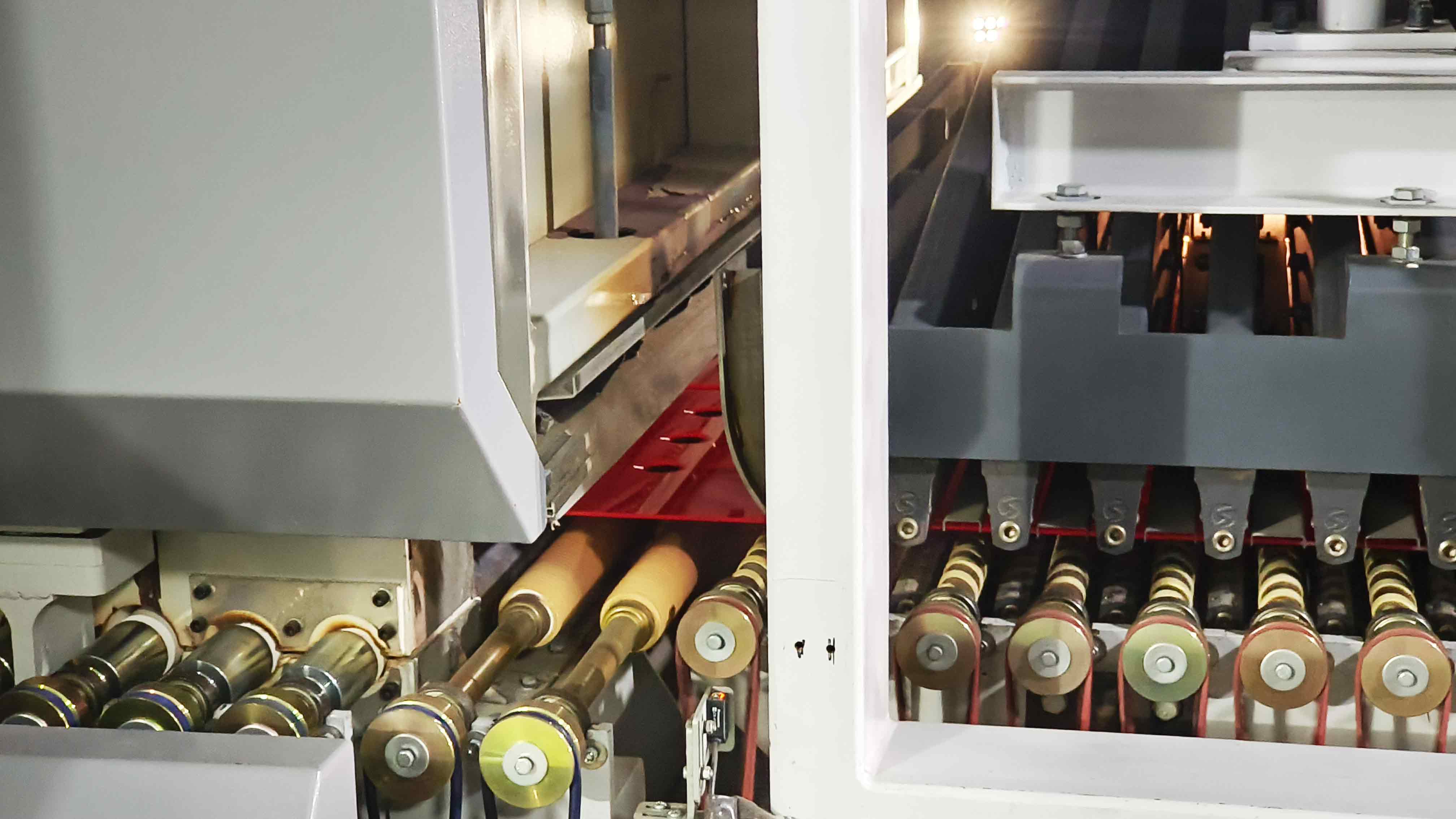
Cooling section:
The glass heated to the set temperature is quickly sent into the cooling section. This is usually composed of high-pressure air grilles symmetrically arranged vertically, and a large amount of high-pressure cold air is sprayed onto both sides of the glass through densely arranged air nozzles. The surface of the glass is rapidly cooled and solidified in a very short period of time, while the internal cooling is relatively slow, forming a strong compressive stress layer on the surface of the glass and a tensile stress layer inside, endowing the glass with extremely high strength and safety.
Among them, the control of cooling air pressure, air volume, uniformity, and cooling speed is the core link that determines the strength, fragmentation state, and surface stress of tempered glass. The design and performance of the cooling section are important indicators for measuring the technical level of a glass tempering furnace, directly related to whether the tempered glass meets safety standards.
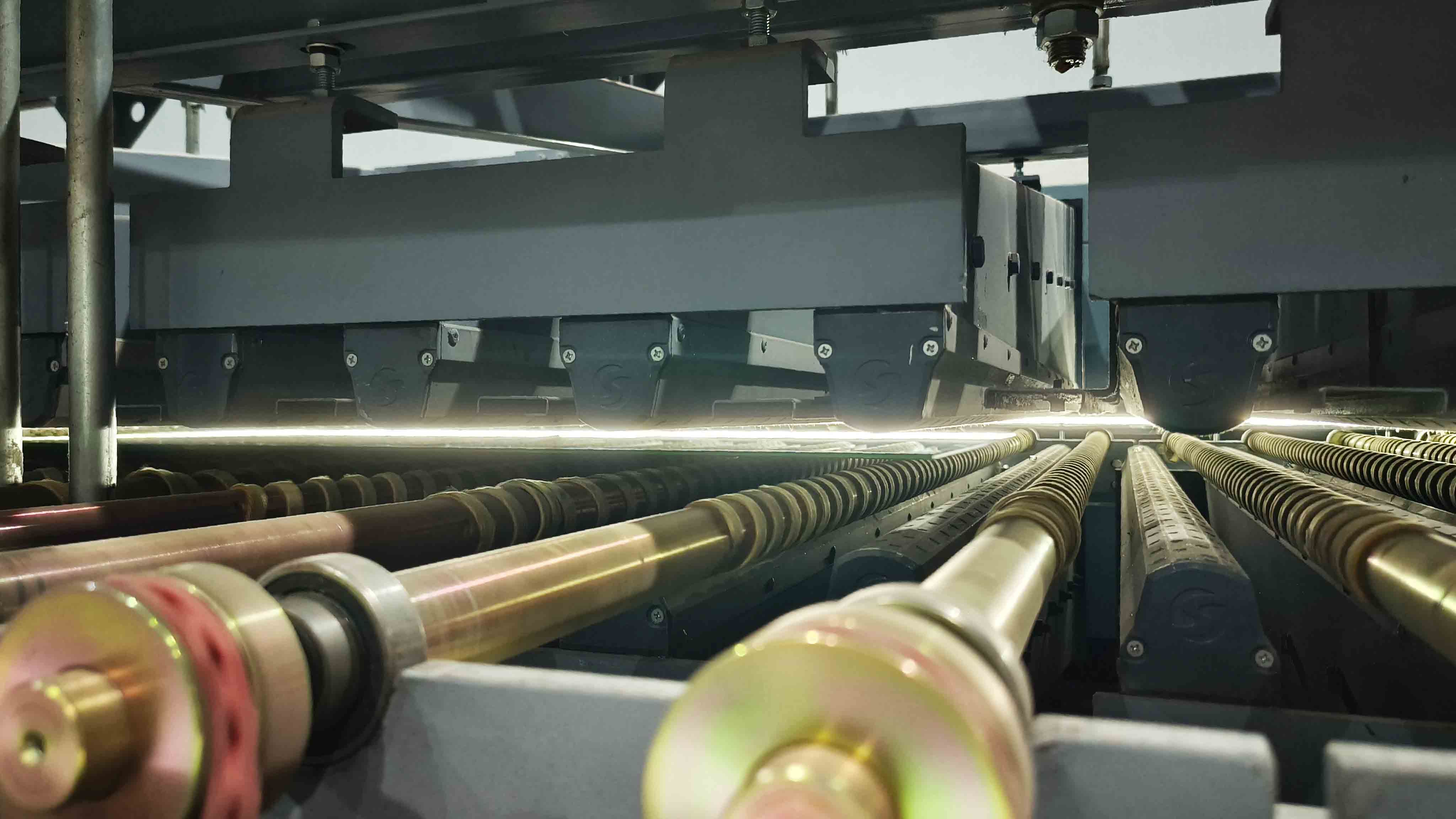
Electrical control system:
Like the central nervous system of a glass tempering furnace, it consists of PLC, control system, temperature sensor, pressure sensor, frequency converter, etc. It is responsible for precise control of the entire operation process of the glass tempering furnace, including temperature setting and adjustment in each area of the heating furnace, speed control of the transmission roller, air pressure and volume control of the cooling air grille, equipment start stop and safety interlock, etc. It is the fundamental guarantee for producing high-quality and consistent tempered glass. The operator uses it to monitor and optimize the parameters of the glass tempering furnace.
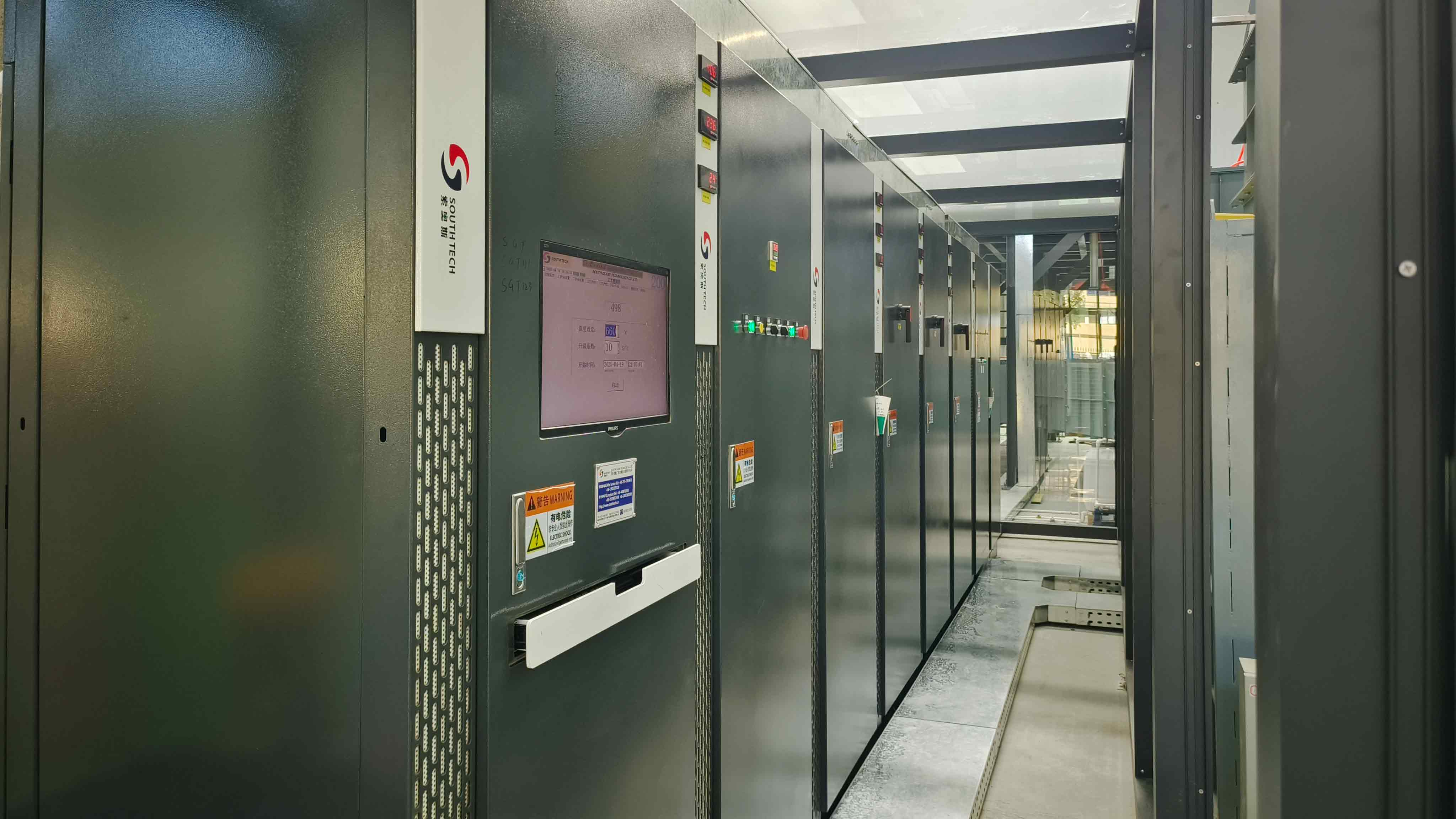
Convection system:
In addition to radiation heating, modern high-performance glass tempering furnaces are usually equipped with forced convection systems inside the heating furnace. It significantly improves the heat transfer efficiency and convection ratio by stirring the hot airflow inside the furnace.
The convection system is crucial for heating Low-E coated glass, thick glass, and achieving a more uniform furnace temperature distribution. It can effectively reduce the temperature difference between the upper and lower surfaces of glass, shorten heating time, improve energy utilization efficiency, and ultimately enhance the overall quality and production efficiency of tempered glass. Especially when dealing with high-end curtain wall glass, the role of the convection system is particularly prominent.
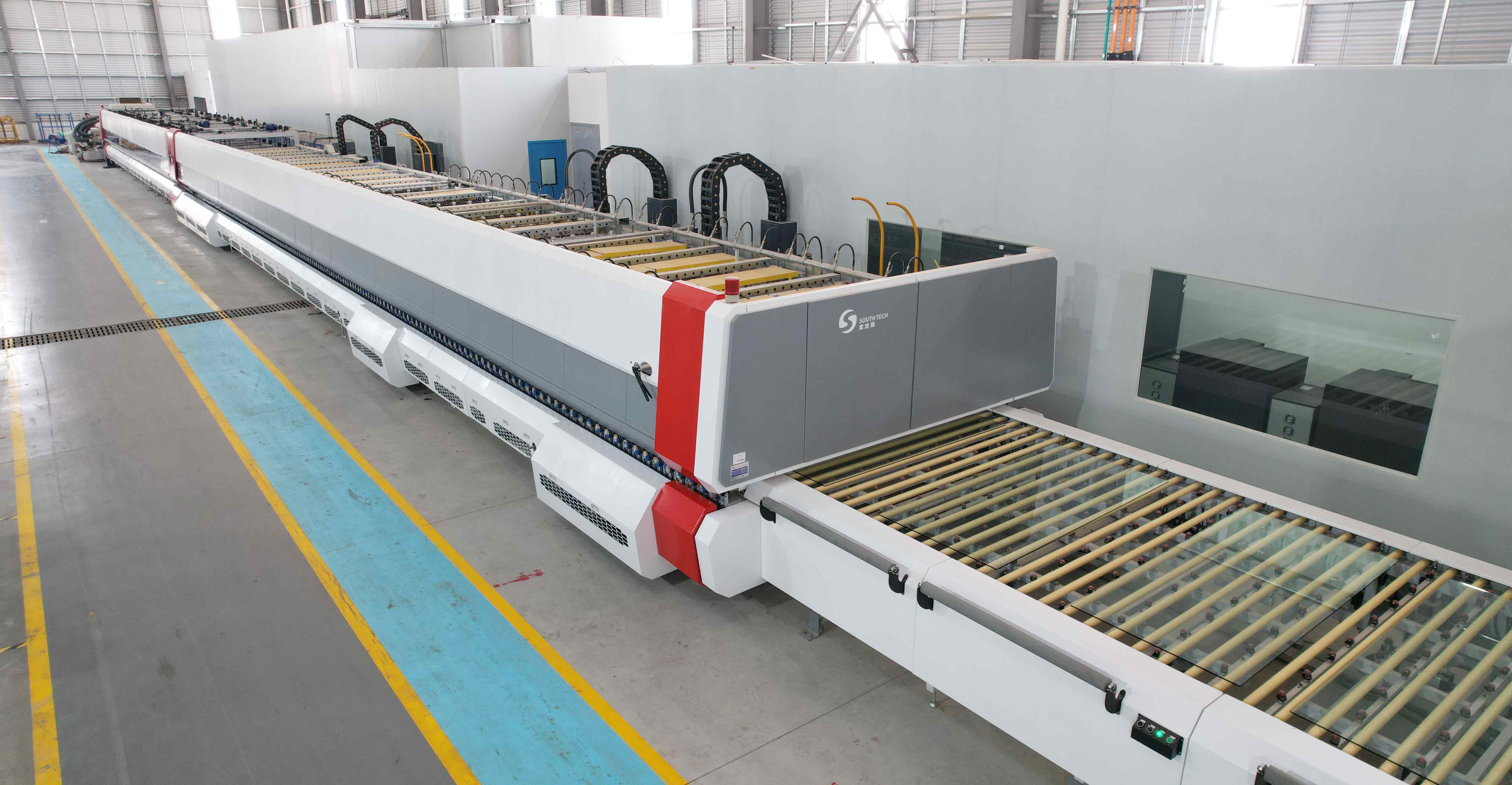
A high-performance glass tempering furnace is precisely composed of five key components: the loading platform, heating system, cooling section, electrical control system, and convection system, which work together in precision. Each component plays an indispensable role in determining the efficiency, energy consumption, and core performance indicators such as strength, safety, and flatness of tempered glass production. A deep understanding of the functions of these components can help users choose glass tempering furnace equipment that better meets their needs, thereby producing higher quality and safer tempered glass products that meet the stringent requirements of the market.



